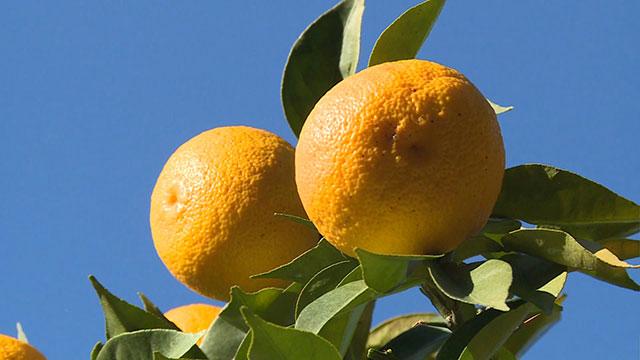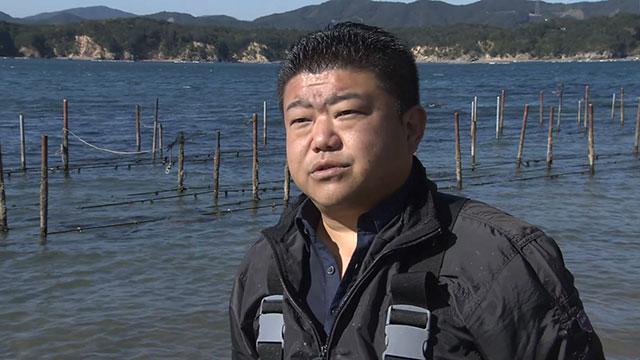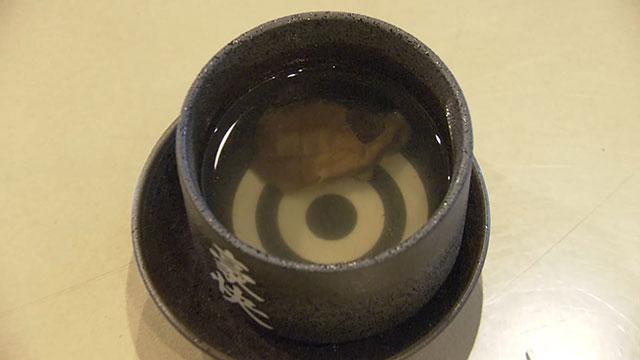Citrus-fed wagyu beef

A guest at a tasting event cries out after tasting a citrus-flavored morsel of wagyu beef. "It's delicious! I hope this becomes a leading brand from Kochi." The event marks the launch of this special beef from cattle raised in Kochi Prefecture, western Japan, on a diet that includes the Asian citrus fruit yuzu.
Industry researchers and farmers were looking for a way to enhance the taste of the local wagyu breed, Tosa Akaushi. The number of farmers raising this breed has fallen by half over the past 10 years, resulting in a drastic drop in the breed's population.

Kochi University Associate Professor Kazutsugu Matsukawa thought the breed could be saved if the farmers could earn more money. He and his research team zeroed in on yuzu. Kochi is the country's largest producer of the fruit, at 12,000 tons per year. After the juice is extracted, the pips and peels are thrown away — more than 5,000 tons of it per year. The research team saw these vitamin-rich leftovers as potential cattle feed.

They spent a year developing the best mix of yuzu paste, dried grass and corn powder. They fed this mix to the cattle for one month and saw an improvement in their liver and kidney functions.
They also found an increase in oleic acid in the cattle's fat. This makes the fat melt at lower cooking temperatures, giving the meat a more melt-in-your-mouth texture.

The citrus-fed wagyu got good marks from local chefs and retailers.
"The beef won praise and it boosted our confidence," said Matsukawa. "We hope to team up with others with the goal of marketing this beef as a premium brand."
Now, the question remains whether citrus-fed wagyu packs enough sizzle for the market in fatty, marbled beef.
Premium oysters

Moving off the land to the bounty of sea, the "Ise-Shima premium oyster" is a new brand from Mie prefecture, central Japan. Its reputed to have a richer, milkier, sweeter flavor than other oysters. Taiki Hamaji farms these oysters using a method he developed over several years.

Hamaji's method (left).
The image on the right shows the most common way to culture oysters, by hanging them from rafts and letting them grow in the sea.
The new method, on the left, places the young oysters in cages much closer to the water surface, so the tide does the work. When the water level is high, the oysters are submerged and feed on plankton, just as they would in the traditional method. When it's low tide, the mollusks are exposed to the sun and close their shells for protection.
The tougher environment makes their muscles grow plump, which gives them their sweet taste and succulent texture.
This method is more work for the farmer. You need to find the right balance of time in the sea and time in the sun.
Hamaji has to monitor the amount of plankton in the sea, and keep an eye on tide levels, so the cages are at the right height. It's labor-intensive, but he is convinced that it's worth it.

To help promote sales, Hamaji frequently provides tips on how to enjoy eating his oysters.
His latest is dried oyster sake. Just put one of his dried oysters in a glass and pour sake over it. It was a hit at a recent gourmet tasting event.
"My challenge is to offer premium oysters year round to people in Japan, Asia and hopefully everywhere else," said Hamaji.

Variations on wagyu beef and premium oysters! Producers in Japan never tire in their quest to develop new ingredients to enhance the flavor of washoku.


